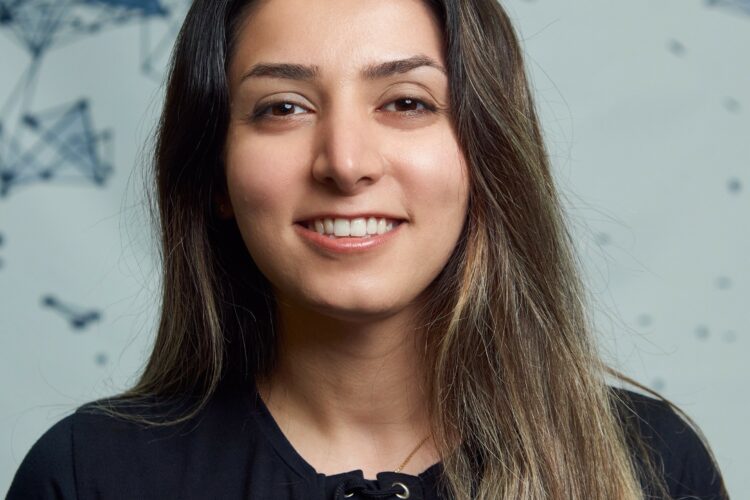IMDEA Networks

Intelligent explanations for mobile network traffic predictors

Serly Moghadas Gholian, Estudiante de doctorado en IMDEA Networks Institute, Madrid, España
In-house Presentation
Commercialization and system architecture of fifth-generation (5G) networks has entered a stable phase and the evolution of 5G networks into 6G networks has already started. Researchers are expecting for 6G networks to face the daunting task of providing services at a mass scale level, which makes the network architecture unprecedentedly complex. This calls for the help of AI-based solutions to automate this process, allowing for much swifter and more effective decision-making in scheduling, control, and orchestration operations of the end-to-end communication systems.
Mobile traffic prediction for the cognitive management of resources in the upcoming mobile networks is a daunting and critical task which requires capacity allocation to individual network slices to accommodate the future service demands. In recent years, DNNs have become the conventional tool to solve such tasks because of their ability in solving complex network problems. To add another dimension to the challenge, deep learning models are regarded as black-box. In other words, it is very hard to understand the underlying operation and the reasons why the models have taken certain actions.
The lack of transparency raises the issue of vulnerability to attacks and malicious data, i.e., Adversarial Machine Learning (AML).
In this work, we use a 3D-CNN network model from the literature in order to perform capacity forecasting while taking into account the spatial and temporal patterns in data. Further, we study the current tools and methods for explaining the model. In the end, in order to validate the explainability methods, we study the current methods to perform attacks on the vulnerable spots of data to see how the prediction of the model changes.
About Serly Moghadas Gholian
Serly is a PhD student in Telematics Engineering at IMDEA Networks Institute and at University of Carlos III.
She received her BS degree in Electronic Engineering at Urmia University of Technology and her MSs in Telecommunications Engineering at Urmia University. Her research interest is in the intersection between machine learning and mm-wave communications.
Este evento se impartirá en inglés
Más información
También puedes seguir el seminario online: https://zoom.us/j/99448700647?pwd=VnhoVjJOL0RFU0RQZ3N5cjd6Y2Z6dz09

